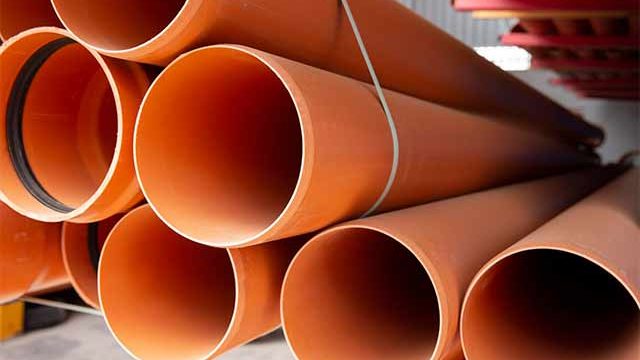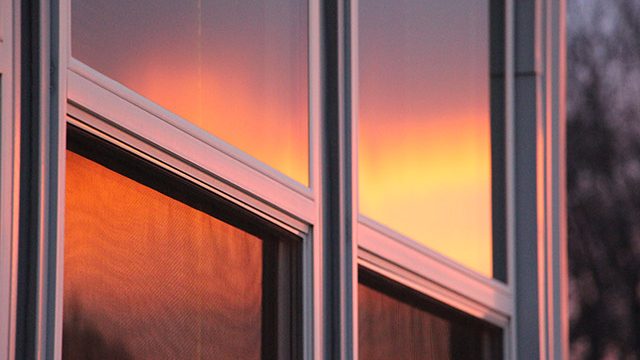Introduction
Glass is a common part of homes and businesses, but it’s incredibly fragile. However I look at Sydney glass they have a good quality glass that can last for long. It can break easily, especially if you’re trying to repair or replace it yourself. If you’re considering DIY glass replacement, it’s important that you know what it’ll cost you before getting started on the project.
The cost of glass repair and replacement depends on a number of factors including whether you do it yourself or hire a professional.
The cost of glass repair or replacement depends on a number of factors including whether you do it yourself or hire a professional.
- Doing the work yourself: If you choose to tackle the project yourself, it is recommended that you have experience working with glass. This will help to ensure that any repairs are done correctly and safely. Additionally, there are tools that must be purchased in order to do the job properly; these can run into several hundred dollars depending on your needs and skill level.
- Hiring a professional: If on the other hand, hiring a professional seems like too much for your wallet but DIY isn’t in your wheelhouse either, there are options available! A local glass shop can provide a quote based upon their hourly rate plus materials costs; this option may not save money initially but could save time (and headaches) down the road by allowing them to handle everything from start-to-finish instead of having someone else do it poorly then having them fix their mistakes later…which would just add onto already high costs!
You can save money by doing the work yourself.
You can save money by doing the work yourself.
Glass replacement is an extremely affordable DIY project, especially compared to hiring a professional. You can expect to pay about $30 for a new windshield or side window, and $10-15 for a new back window. If you’re replacing your entire car’s glass, including windows and windshields, we recommend spending no more than $100 on all of it—that’s less than half what most autoglass shops charge! If you have any extra materials left over after installing your glass replacement kits (like sealant tape), they can be reused in future projects as well. And even if you somehow manage to break something during installation, our friendly customer service team will send out replacements right away so that everything is back up and running again ASAP.
But there are risks to DIY glass repair or replacement.
But there are risks to DIY glass repair or replacement. You may damage the window frame, not replace the glass correctly, not get all the old glass out, not get the new glass in correctly, not get the window sealant in correctly, or not get the window frame in correctly. If you’re an experienced DIYer and can deal with a few mistakes along with some potential aggravation (and possibly some additional costs), then go for it! However, most people would rather pay someone else to do it right so that they have peace of mind that their home improvement project will be completed properly.
If you call a contractor, he will take measurements and order the glass for you.
The next step is to find a glass contractor. If you call a contractor, he will take measurements and order the glass for you. Most contractors charge by the square foot of glass, so it’s important to know how much replacement is needed and how large each pane is in order to get an accurate estimate. It’s also important to know exactly where the window is located and what type of window coverings are used on top of it (such as storm windows).
Most contractors include installation in their costs.
If you want to do this yourself, most contractors will allow you to measure the glass and order it yourself. They’ll even include installation in their costs. Most homeowners don’t have a problem with this arrangement, but if you would prefer that the contractor take care of everything for you and avoid any risk, it’s best to call someone who offers this service.
The downside is that some contractors have a minimum charge for repair or replacement services—so if your window is very small or oddly shaped (like an oval), expect to pay more than others would just because of its size. Also keep in mind that some companies will charge extra for cleanup time after they’re done working on your home—so factor that into your budget as well.
You’ll have to factor in cleanup time.
When you remove the old glass, it’ll be dirty, dusty and sharp. The new window may need to be cut in a certain way to fit into the opening of your home. This will leave behind a lot of broken pieces that need to be cleaned up before installing new windows.
You also need to consider how heavy the glass is when selecting what kind of tools you’ll use for removing and replacing it. You may want something lightweight so there’s less strain on your back or arms if you’re doing this project by yourself—but then again, heavier ones could make things easier if you have some friends helping out!
Also keep in mind that after removing old windows from their frames, they’re likely going to have some chips here and there that might fall on top of other surfaces while being moved around during cleaning or installation processes (like counters). So just make sure everyone’s watching their step as they move around these fragile objects!
DIY glass replacement can save you time and money, but it’s important to consider the risks and extra time involved with making any repairs.
If you’re looking to save money and do your own glass replacement, it’s important to consider the risks of making any repairs. For example, if the windshield has chips or cracks, they can spread over time and cause more expensive damage. If there are leaks in your windows or doors, they could potentially cause mold or mildew problems inside your home.
Other factors you should consider include whether you have the skills and tools required for this type of repair job. It’s also important to ask yourself how much time off work will be involved in making these repairs? How much is safety worth?
Conclusion
The cost of glass repair and replacement depends on a number of factors including whether you do it yourself or hire a professional. If you call a contractor, he will take measurements and order the glass for you. Most contractors include installation in their costs. You’ll have to factor in cleanup time as well, which could add up if there’s debris or broken pieces around your home after an accident occurs. As long as you’re willing to spend some extra time cleaning up after yourself before calling someone else over though, we think doing it yourself is worth considering!



